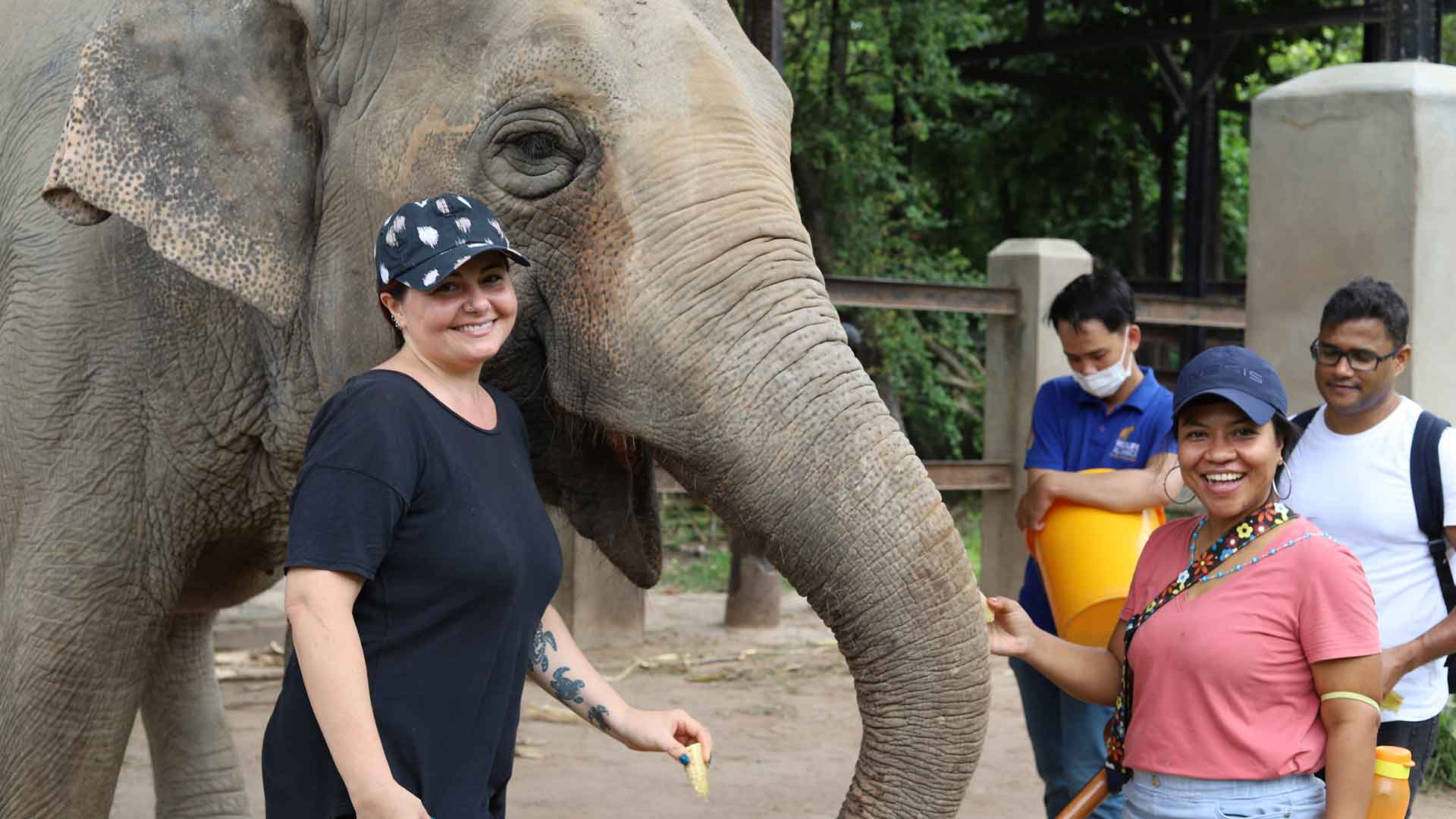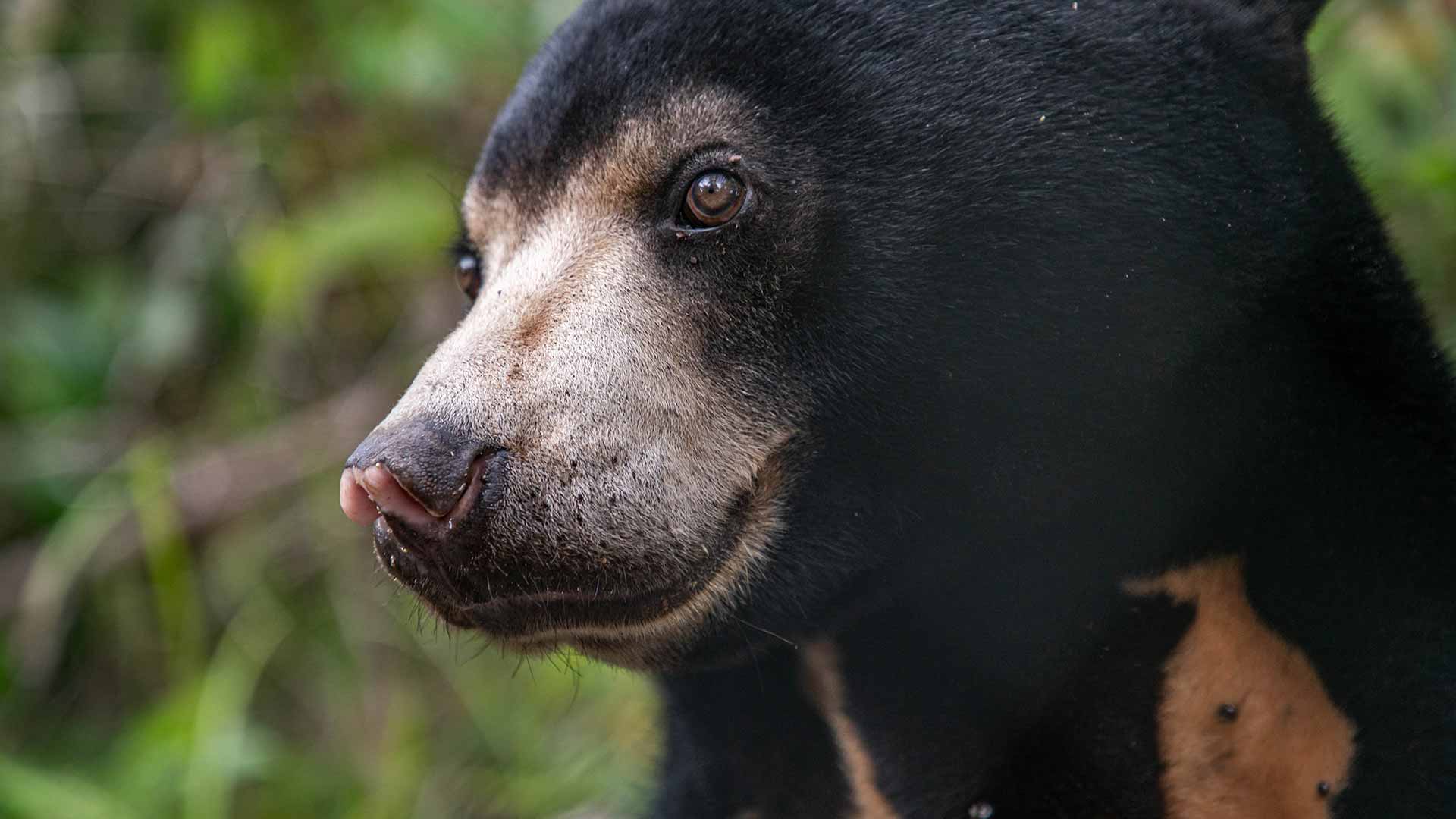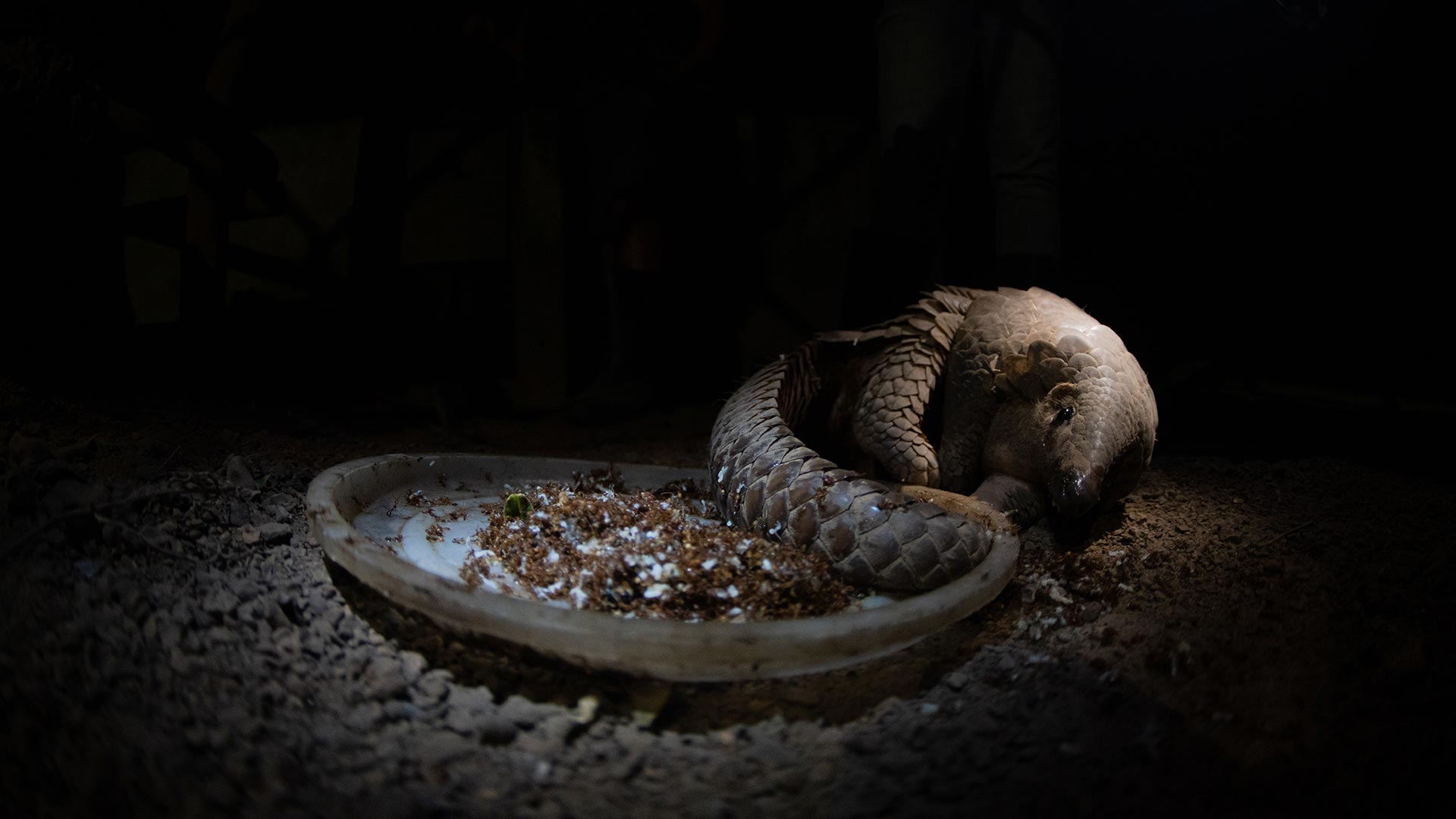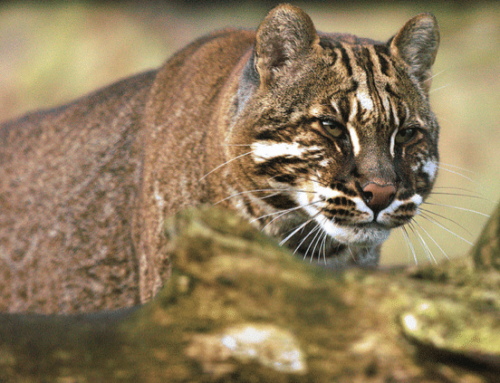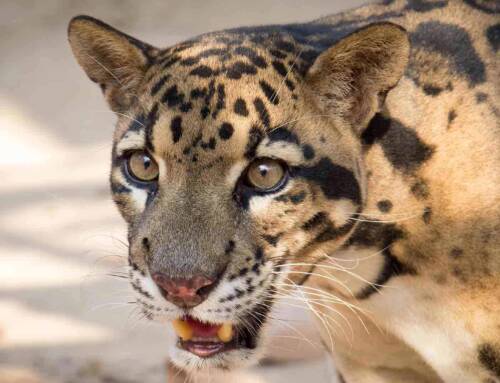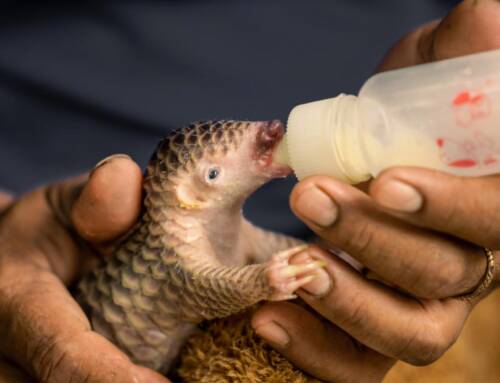What is sustainable tourism? Sustainable tourism refers to sustainable practices in and by the tourism industry. It is an aspiration to acknowledge all impacts of tourism, both positive and negative. It aims to minimize the negative impacts and maximize the positive ones.
When looking for tourism experiences with wildlife, it is important to ensure that they are sustainable by checking if they are operating ethically.
Ethical Wildlife Tourism
What is ethical wildlife tourism? This refers to any type of tourism or activity that involves wildlife but has no effect on or a positive effect on the wildlife.
Finding where to spend your money when looking for an ethical wildlife experience can often be a daunting task. We’ve put together an easy checklist of green flags to look for and red flags to avoid to make it easier!
10 Green Flags
- ‘No Guarantees’ if an experience says that they can’t guarantee an animal sighting/experience, that usually means that the animal has autonomy and is not being forced to do anything it doesn’t want to (e.g., Jahoo).
- Naturalistic enclosures: do the enclosures mimic the animals’ natural environment?
- Where have the animals come from? Are the animals there after being rescued and rehabilitated? E.g., Elephant Nature Park, Thailand, Phnom Tamao Wildlife Rescue Center, Elephant Valley Project, Kulen Elephant Forest
Accreditations: internationally recognized accreditations are a good sign that the facilities are checked by a third party, e.g., EAZA, AZA, or WAZA. Many zoos licensed by these associations are doing great conservation work and should be supported. Blue flag certification for marine based activities.
- Registered non-profit/social enterprise; This is a good indication that profits and proceeds are reinvested for the care of the animals.
- Do they put animal welfare ahead of profits? Some of these facilities are better equipped for the animals than the guests!
- Links to community support and involvement: providing employment for local indigenous communities, employing ex-poachers like at our Wildlife Release Station, or contributing to community funds for schools, medical facilities, clean water, etc.
- Support from international conservation organizations such as WWF, WCS, and Disney Conservation Fund.
- Check the reviews! People are quick to shout if they see something that they love. TripAdvisor is the best place for this.
Use common sense; if something feels a bit strange, then it likely is. Contact them with your questions to find out more.
5 Red Flags
- Large crowds/shows, indicating that they are putting profit before the welfare of the animals.
- Animal performances where the animals are made to display unnatural behaviors—orangutan boxing, tigers jumping through hoops of fire, elephant football, and elephant riding are a few examples.
- Feeding wild animals – a risky activity in terms of injuries from the animals but also, as highlighted by COVID, causing the animals to be reliant upon tourists for food.
Photo opportunities where the animal is restrained or captive purely for use as a photo prop. These are usually wild-caught animals who are discarded or sold as soon as they are too dangerous to be photo props. Instagram has warnings on 100s of hashtags such as #slowlorisselfie #slothselfie to warn users of the impact of
- these selfies in increasing the demand for the poaching of these animals.
Check the reviews! People are quick to shout when they have seen something they don’t like. Look at the low ratings and if there are responses from the business.
Why is ethical wildlife tourism so expensive? Why is it worth it?
Many of the experiences that carry all of the green flags described above also carry a higher price tag. These experiences usually act as fundraisers for important conservation projects for fauna and flora. At our Wildlife Release Station and Phnom Tamao Wildlife Rescue Centre, the funds raised from our tours provide essential flexible funding for the rehabilitation, care, and release of the rescued animals. This can be used for unpredictable emergencies, such as when our oldest male elephant, Sakor, damages his enclosure during musth or to build an enclosure for rescued clouded leopards. There can also be a wider impact for the proceeds if they contribute towards community funds and providing alternative livelihoods for those in rural areas.
The cost of these experiences also usually reflects the quality of your experience; emphasis is put on fewer, quality guest experiences that protect the well-being of the animals over animal performances for crowds of guests who only pay a small amount. These experiences are sustainable, enabling you to learn about more than just the animals involved, including education about the local people, traditions, and culture as well.
If this wasn’t easy enough, read our next blog about the ethical and sustainable tourism experiences you can enjoy with Wildlife Alliance!

